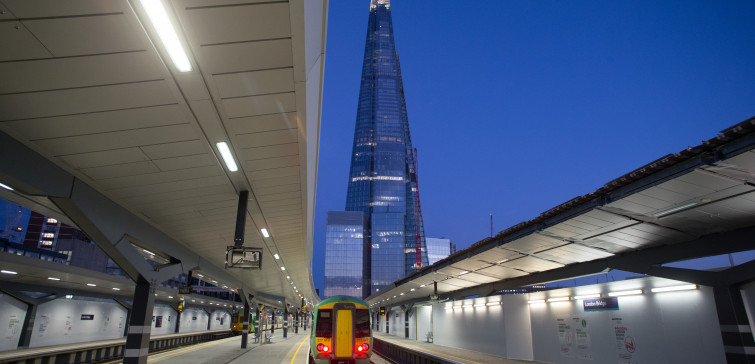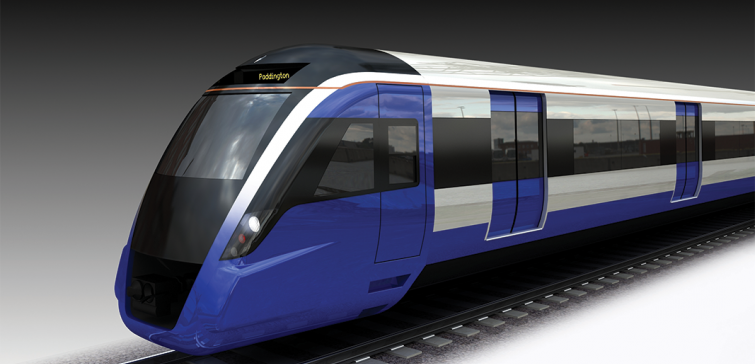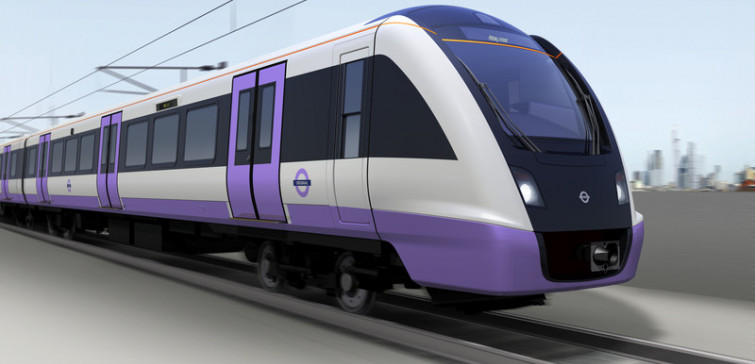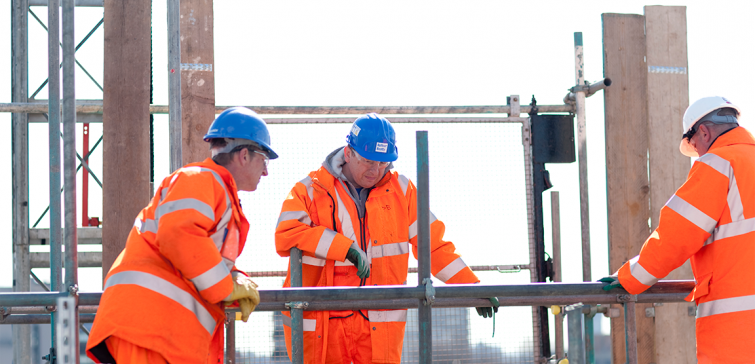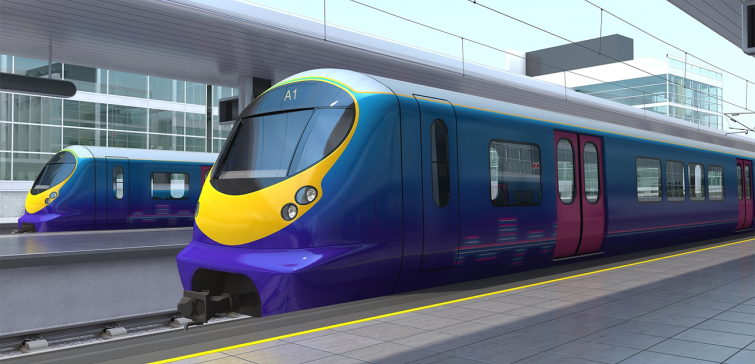Systems Integration
In order to meet future passenger and freight demand, the British rail network faces the challenge of running more services and increasing capacity. Whilst new high speed lines are part of the solution, the majority of the increase in capacity is met by making incremental improvements to the infrastructure, timetable and rolling stock; whilst at the same time reducing whole life cost and improving performance.
Systems Integration
Enhancing existing infrastructure requires specialist skills in systems integration in order to create the optimum portfolio and manage the integration of the work with the existing network such that is delivers the required benefits and change in capability.
Systems Integration
Systems integration works in partnership with Systems Analysis and uses the modelling outputs to help define the interventions. This approach is applied from strategic planning through to delivery stages, and is also used to assess the impact of temporal and geographic overlapping interventions where projects are developed and implemented over a longer time period.
Systems integration consists of requirements elicitation and development, requirements management, option development, change control, configuration management, interdisciplinary engineering assurance, safety assurance, business integration, technical system integration, and verification & validation (V&V).
We have a strong in-house systems integration capability with significant knowledge in the practical application of a variety of systems engineering techniques which enable us to make informed trade-offs and identify optimum solutions to a range of operational and engineering challenges.


